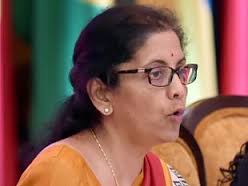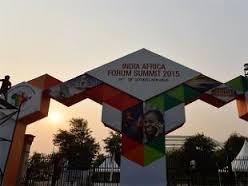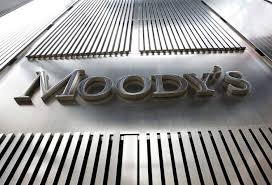 The Narendra Modi government wants to provide a powerful launchpad for startups by drastically simplifying the rules and ensuring that innovators are able to take advantage of such an enabling environment, thus unleashing entrepreneurial energiesBSE 1.29 % and creating jobs.
The Narendra Modi government wants to provide a powerful launchpad for startups by drastically simplifying the rules and ensuring that innovators are able to take advantage of such an enabling environment, thus unleashing entrepreneurial energiesBSE 1.29 % and creating jobs.
At the heart of the initiative is distilling the cumbersome process of compliances under 22 different laws into a two-page Startup Act, a senior government official told ET. The Department of Industrial Policy and Promotion (DIPP) is looking to turn India into a startup haven.
It plans to cut through the thicket of regulations that holds back creativity and stunts the rapid evolutionary cycle that’s a feature of the sector.
“Compliances are a big issue for aspiring startups,” said the official. “We are trying to see whether we can bypass the multiple laws and draft a separate legislation instead.”
Already home to the fourth largest startup community in the world, India wants to create a robust ecosystem in which entrepreneurship can flourish as envisaged by the Startup India, Stand Up India initiative of Prime Minister Modi announced in this year’s Independence Day address. Jobs created by Indian startups are expected to rise to 2,50,000 by 2020 from 80,000, according to a Nasscom report.
The government plans to unveil a detailed Startup India plan next month. The DIPP is drawing up a clear definition for startups to ensure that the regime is available only to companies that practice innovation. This is necessary because the government is also considering tax incentives for startups, which it doesn’t want other companies to take advantage of.
Companies that qualify for the tag are likely to be less than five years old, providing an innovative product or service. They will also need to conform to financial norms to ensure that the incentives are not spread too thin.
The new policy will address delays in incorporation, employee stock options, lack of initial funding, cumbersome Foreign Exchange Management Act (Fema) documentation and access to external commercial borrowings.
“It will be a colossal help if the government can do something about this,” said Rohan Malhotra, founder of Investopad, a startup incubator and financing company.
“In the US, you can incorporate a company in a few hours. In India, it is a nightmare to do even basic administration work.” Entrepreneurs feel their energies are sapped by the need to negotiate their way through the bureaucratic maze.
“Most startups have a backlog on compliances and simply get a professional to handle these matters when they want to raise funds,” said Gaurav Kachru, founder, 5ideas Startup Superfuel. “Some of it is a waste of time.”
Last week, DIPP held discussions with leaders of the startup community including SoftBank president Nikesh Arora, Snapdeal CEO Kunal Bahl, Oyo Rooms founder Ritesh Agarwal and former Infosys director Mohandas Pai to draw up a list of action points.





 The Indian markets on Friday climbed to a two-month high after a rally in global equity markets in the wake of the European Central Bank (ECB) hinting at fresh stimulus measures. Most Asian markets ended up a little over one per cent, while Europe gained around two per cent.
The Indian markets on Friday climbed to a two-month high after a rally in global equity markets in the wake of the European Central Bank (ECB) hinting at fresh stimulus measures. Most Asian markets ended up a little over one per cent, while Europe gained around two per cent.